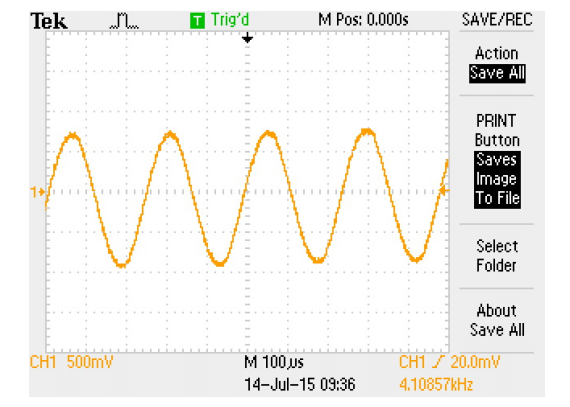
Since the surge in Crude Oil (Brent) price is exogenous, PTI can avoid a further rise in petrol price by either stabilizing the exchange rate or slashing Levy (after pruning Sales tax to zero). However, they should also keep an eye on collisions by producers or sellers. What they must avoid doing is to intervene by enforcing prices above or below the market equilibrium. The government can achieve the former by effectively managing the demand and supply forces permitting imports in case of foreseeable shortage in inventory and vice versa. The recipe to pacify enraged citizens is by stemming the rate of increase in prices, especially food staples and petrol. This means that even a notable 12% year-on-year (YoY) uptick in remittances from $9.4 billion to $10.6 billion in the period July-Oct’21 is not sufficient to bridge the trade gap.įor a party going into elections in a bit less than two years, PTI must steady its course. However, textile (largest export cash cow) could only manage a 26% YoY surge to $6 billion. The import bill for oil has augmented to over $6 billion which roughly translates into 95% YoY rise. The reason for a freefall of the currency is the trade deficit, which has swelled to over $15 billion in the initial four months of the ongoing fiscal year. Resultantly, the consumer price index (CPI) touched 9.2% year-on-year (YoY) in October and the recent Sensitive Price Index (SPI) numbers indicate that double-digit inflation is right around the corner. It further also has a trickle-down effect on many essential goods and services, crushing the backs of the poor. It is why each announcement of an increase is met with severe outrage. Spike in the prices of products like petrol is regressive in nature since petrol as a percentage of income is highest for the population at the bottom of the pyramid. The rupee is sharply losing its value against the US dollar and enkindling hike in the prices of imported commodities like petrol which is hitting a new peak every fortnight. However, this ‘things could’ve been worse’ may prove to be a really counter-productive strategy. It is not difficult to comprehend that Baqir was trying to put some logic to a sharp fall of the greenback against the US dollar.

An example of this is when Raza Baqir, State Bank of Pakistan (SBP)’s chief, recently spoke about how currency devaluation favoured the families of non-resident Pakistanis since it increases the quantum of money remitted into Pakistan in rupee terms. Amidst these precarious times, the government is staging a combative approach by stating that the economic outlook is not all bleak. The fourth year of Pakistan Tehreek-e-Insaf (PTI) in power is awfully indistinguishable to its post-election economic performance.


 0 kommentar(er)
0 kommentar(er)
